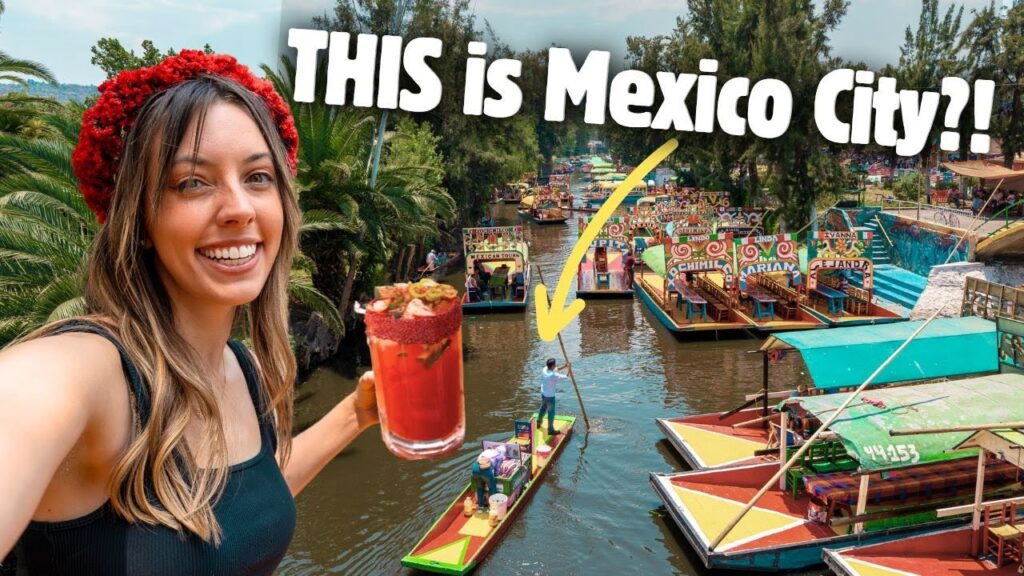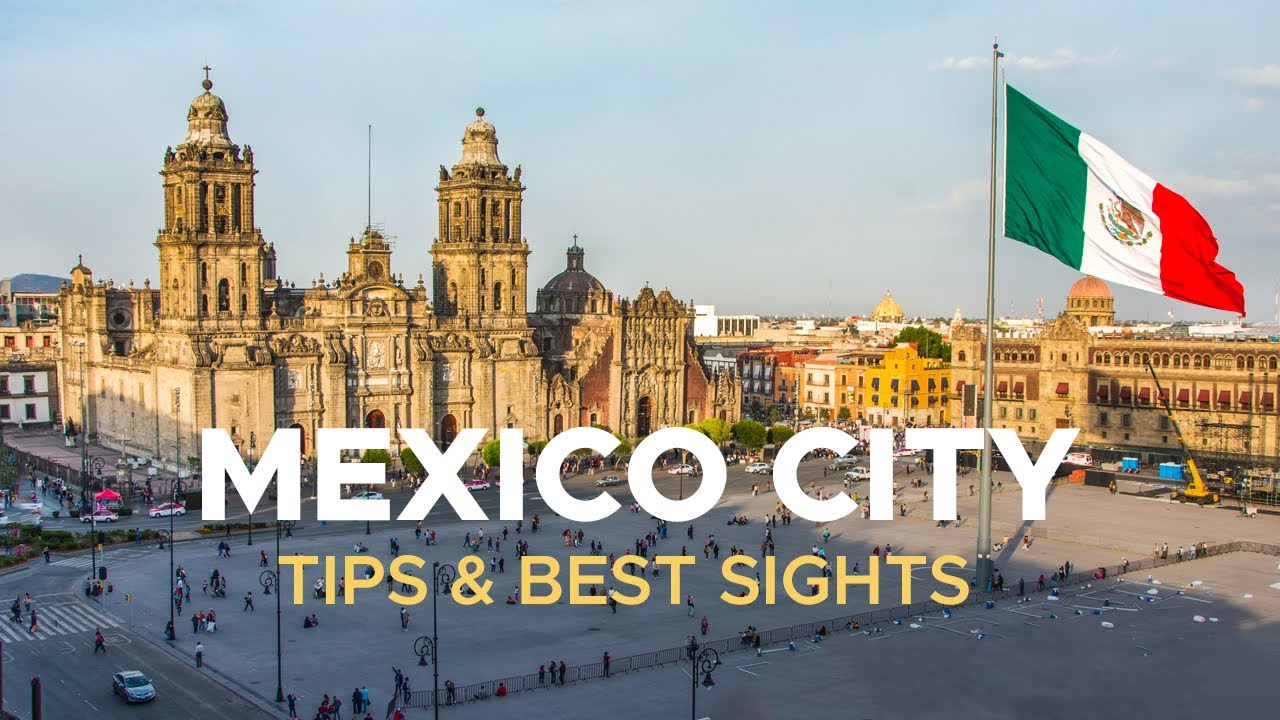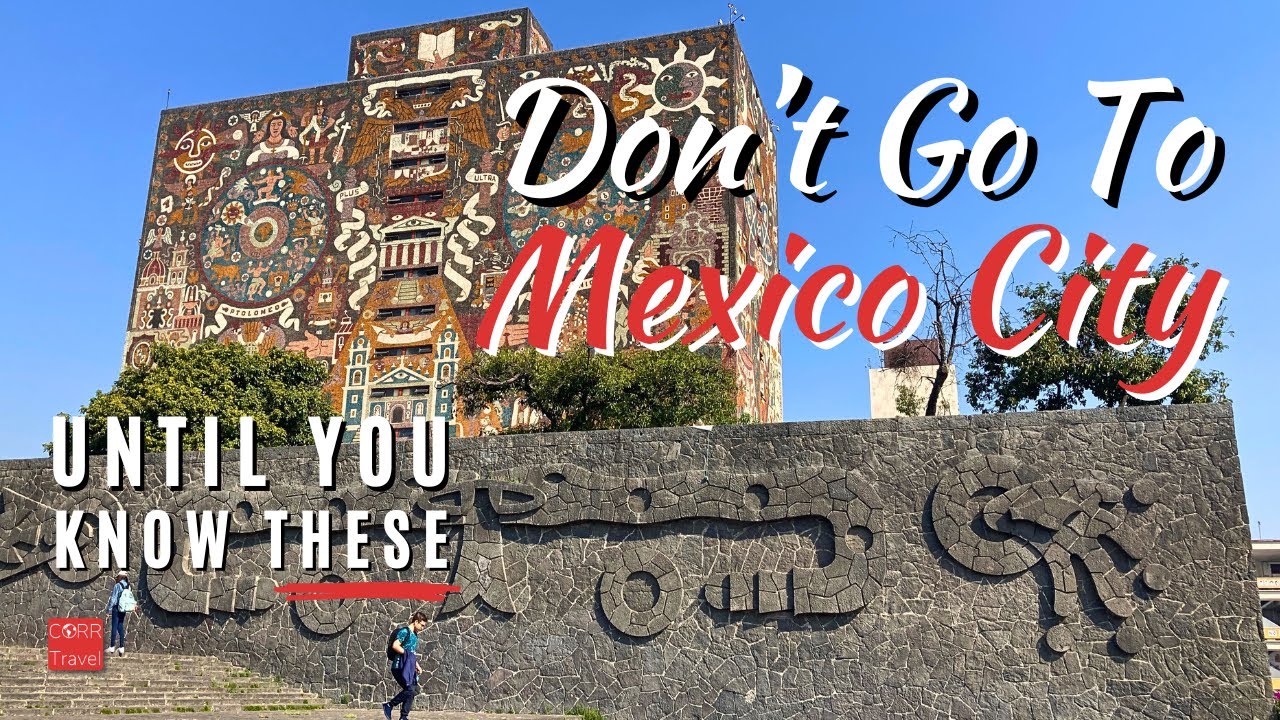The History and Significance of Xochimilco Beyond Its Canals
Known for its expansive system of canals, Xochimilco has a rich history and cultural significance that extends far beyond these waterways. The name Xochimilco itself, derived from Nahuatl language, translates to ‘place of the flower fields’, indicative of its agricultural roots. In pre-Hispanic times, the region was a major center for plant cultivation, particularly of flowers and vegetables, using a unique method of artificial islands or ‘chinampas’. These chinampas, also known as ‘floating gardens’, are a testament to the ancient Mesoamerican ingenuity in agriculture and have been recognized as a UNESCO World Heritage Site.
Over the centuries, Xochimilco has witnessed several significant historical events. It was a key player during the Spanish conquest of the Aztec Empire, serving as a refuge for the fleeing Aztecs. In the colonial era, it was a vital link between Mexico City and other regions, providing a major trade route via its canals. Even today, the cultural impact of these historical events is evident in the traditional practices and customs of Xochimilco.
Religious and Cultural Significance
The religious and cultural significance of Xochimilco is deeply rooted in its history. The region is renowned for its vibrant religious festivals, most notably the annual Feast of the Assumption of the Virgin Mary, which attracts visitors from all over the world. The tradition of floating gardens is still practiced today, with the local community cultivating flowers and vegetables on chinampas, contributing to the preservation of this ancient agricultural technique. Furthermore, Xochimilco’s traditional ‘trajineras’, or gondola-like boats, are not only a popular tourist attraction but also a symbol of the region’s enduring cultural heritage.
In conclusion, the history and significance of Xochimilco extends far beyond its famous canals. From its ancient agricultural practices to its religious traditions, Xochimilco remains a vibrant testament to Mexico’s rich cultural heritage.
Top Landmarks to Visit in Xochimilco in 2025
In the heart of Mexico City, Xochimilco is a must-visit destination for anyone traveling in 2025. Known for its vibrant floating gardens and traditional music, this UNESCO World Heritage site is brimming with culture, history, and natural beauty. Among the numerous attractions, there are a few landmarks that are absolutely unmissable.
The Floating Gardens of Xochimilco (Las Islas Flotantes)
First on the list is The Floating Gardens of Xochimilco, also known as Las Islas Flotantes. These gardens are a unique spectacle that has been part of the local culture for centuries. Built on the lake bed by the pre-Hispanic peoples of the valley, these floating islands are interconnected by a network of canals that you can navigate on brightly colored boats called trajineras. As you float along the canals, you can enjoy traditional music, local cuisine, and the stunning array of flowers that adorn the islands.
The Dolores Olmedo Museum
Another must-see landmark is The Dolores Olmedo Museum. This museum houses one of the most important collections of Mexican art, including works by Frida Kahlo and Diego Rivera. Housed in a beautiful 16th-century hacienda, the museum is surrounded by lush gardens populated by peacocks and Xoloitzcuintles, a breed of hairless dogs native to Mexico.
The Parish of Saint Bernard of Siena
Lastly, no trip to Xochimilco is complete without a visit to The Parish of Saint Bernard of Siena. This historic church, with its distinctive yellow facade, dates back to the 16th century. Its architecture is a unique blend of colonial and indigenous styles, and inside, you can see beautiful murals and a stunning gold leaf altar.
Culinary Adventures: Discovering Xochimilco’s Unique Cuisine Beyond the Canals
In the heart of Mexico City, Xochimilco offers a unique culinary adventure beyond its famed canals. Known for its vibrant floating gardens, this borough is a hidden gem for food enthusiasts looking to explore authentic Mexican cuisine. A visit to Xochimilco is incomplete without diving into its rich culinary landscape that beautifully encapsulates the essence of Mexican gastronomy.
Exploring Traditional Xochimilco Cuisine
The culinary scene in Xochimilco is a reflection of its rich history and culture. The dishes here are steeped in tradition, with many recipes handed down through generations. From barbacoa, slow-cooked meat usually lamb, cooked in an underground oven to pulque, a fermented drink made from the sap of the maguey plant, the local cuisine is a delightful blend of unique flavors and textures. The borough is also known for its chinampas, man-made islands used for agriculture, which produce a variety of fresh vegetables, herbs, and flowers that are key ingredients in many dishes.
Food Markets and Street Food
Xochimilco is home to several bustling food markets, such as the Mercado de Xochimilco, where locals and tourists alike can sample a wide range of Mexican delicacies. Street food is also a significant part of Xochimilco’s culinary scene. Tlacoyos, oval-shaped corn dough topped with beans, cheese, and salsa, and quesadillas filled with huitlacoche, a type of corn fungus, are popular street food items that offer a taste of the region’s gastronomic diversity.
Dining on the Canals
For a truly unique culinary experience, visitors can enjoy meals on brightly colored boats, known as trajineras, while floating along Xochimilco’s canals. Vendors on smaller boats offer a variety of local dishes and drinks, allowing guests to indulge in a floating feast while soaking up the scenic beauty of the surrounding waterways and gardens. This dining experience is a must-try for anyone seeking to explore Xochimilco’s unique cuisine beyond the canals.
Hidden Gems: Exploring Xochimilco’s Lesser-Known Attractions
Xochimilco, a borough of Mexico City, is renowned for its colorful gondola-like boats that traverse the ancient canals, but it has so much more to offer. Tucked away from the hustle and bustle are several lesser-known attractions that are true hidden gems.
The Floating Gardens of Xochimilco
The Floating Gardens of Xochimilco, also known as Chinampas, are one of these attractions. These gardens are small, man-made islands created for agricultural purposes. Today, they offer a tranquil escape from the city and are home to a variety of plants and wildlife. Some of these islands also host traditional Mexican fiestas, offering a unique insight into local culture and traditions.
Museo Dolores Olmedo
Another hidden gem is the Museo Dolores Olmedo, a museum set in a 16th-century hacienda. The museum showcases the work of famous Mexican artists, including Diego Rivera and Frida Kahlo, as well as pre-Hispanic and folk art. The beautifully landscaped gardens, populated by peacocks and Xoloitzcuintli dogs, are an attraction in their own right.
Cuemanco Flower Market
For a burst of color and a sensory feast, the Cuemanco Flower Market is a must-visit. This is one of the largest flower markets in the country, offering a wide variety of native and exotic flowers. The market is a lesser-known attraction, making it a peaceful place to wander and enjoy the beautiful blooms.
These are just a few of the hidden gems in Xochimilco. There’s always something new to discover in this fascinating borough, making it a must-visit for those looking to explore the lesser-known side of Mexico City.
How to Make the Most of Your Visit to Xochimilco in 2025
In 2025, the vibrant canals and floating gardens of Xochimilco remain a must-visit destination for those traveling to Mexico City. The UNESCO World Heritage site offers an enchanting experience that combines history, culture, and natural beauty. To make the most of your visit to Xochimilco, there are a few key tips to keep in mind.
Book a Trajinera Ride in Advance
Firstly, booking a trajinera (traditional boat) ride in advance is highly recommended. This will allow you to avoid the long queues and ensure that you have a boat waiting for you upon your arrival. Many reliable online platforms offer this service, making it easier for visitors to secure their spot. Don’t forget to request a boat with a canopy to protect you from the sun!
Choose the Right Time to Visit
Choosing the right time to visit is crucial. The canals of Xochimilco are typically less crowded in the morning, making it the ideal time for those seeking a peaceful and more personal experience. Conversely, if you wish to immerse yourself in a lively atmosphere with music and festivities, consider visiting in the afternoon when the canals are buzzing with activity.
Explore the Local Cuisine
Lastly, don’t miss the opportunity to explore the local cuisine. A variety of food vendors can be found along the canals, offering an array of mouth-watering Mexican dishes. From grilled corn to the traditional tlacoyos, the food in Xochimilco is a culinary delight not to be missed. Remember, you can ask your trajinera driver to stop at any food stall that catches your eye.
In summary, a visit to Xochimilco in 2025 can be a captivating and memorable experience. With a little planning, you can ensure that you make the most of your trip to this historical and cultural gem.



